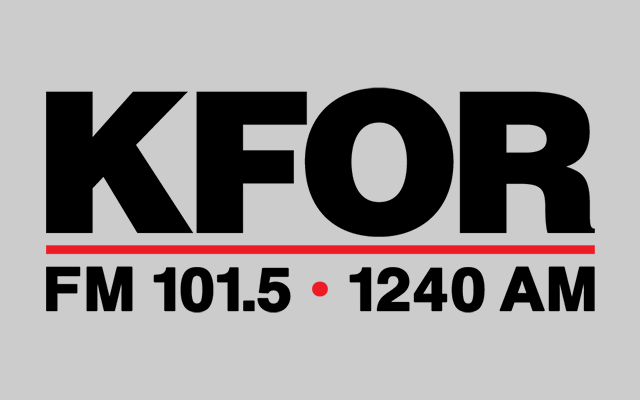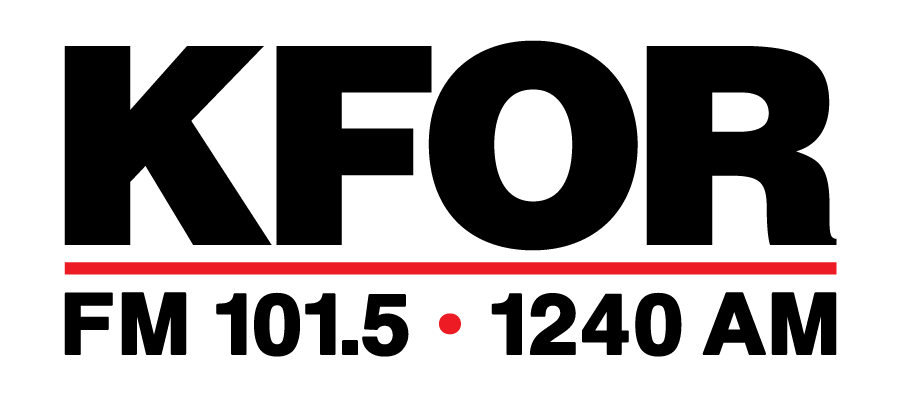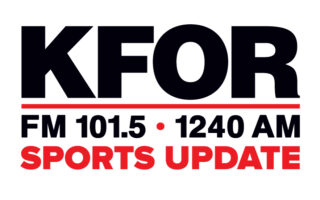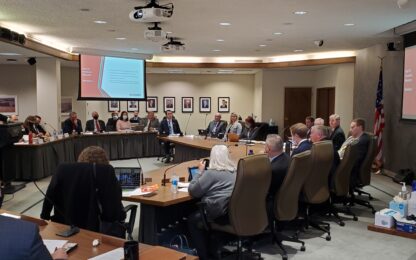UNL Research On Irrigation To Receive USDA Grant

Lincoln, Nebraska, Nov. 4, 2019 — A new grant that brings together researchers from the University of Nebraska–Lincoln, the University of Illinois and Princeton University aims to bridge the gap between data-collection, modeling and decision-making so crop producers can more easily decide whether to irrigate. The project, funded by a $900,000 grant from the U.S. Department of Agriculture’s National Institute of Food and Agriculture program could potentially save both financial and water resources.
The project includes three parts, and Nebraska will serve as ground zero for the third part. Trenton Franz, Derek Heeren and Daran Rudnick, all of the University of Nebraska-Lincoln, will work with partners and producers in the state to validate remotely collected soil moisture and weather data and to inform the design of an end product useful to producers’ decision-making.
“We have remote-sensing, modeling and in-field data, but we want to know how best to combine and use that data to make improved decisions about irrigation,” said Franz, an associate professor in the School of Natural Resources. “Right now, the main problem is we don’t have great real-time irrigation data to help validate the remote sensing and modeling data to make it useful for decision making.”
Weather, soil and irrigation data collected via unmanned aerial vehicles, airplanes or satellites have certain problems: inopportune cloud cover, time between Earth passes, the scale — hundreds or meters across rather than at the tens of meters needed — all of which hinder the ability to make an informed decision.
The researchers will spend the next three years working to refine satellite-collected data so it can be incorporated into mathematical modeling to accurately represent daily weather, crop and irrigation information; and then validate those components through field-level monitoring.
The UNL team, members of the School of Natural Resources and the Biological Systems Engineering Department, will work with Nebraska stakeholders to install on-the-ground crop sensors measuring 40 variables, including rainfall, solar radiation and plant health. Those variables combined will provide a water and energy budget — the information the farmer needs to make a decision — and the researchers hope to develop that information into an app or other easily accessible product.
“Once we disseminate that out through our networks, we hope to make it better with feedback from users and with more localized data,” Franz said, “because the project leaders can look at the app, but if it’s just us, it’s not useful.”
READ MORE: Nebraska Cornhuskers Struggles Continue With Loss To Purdue






